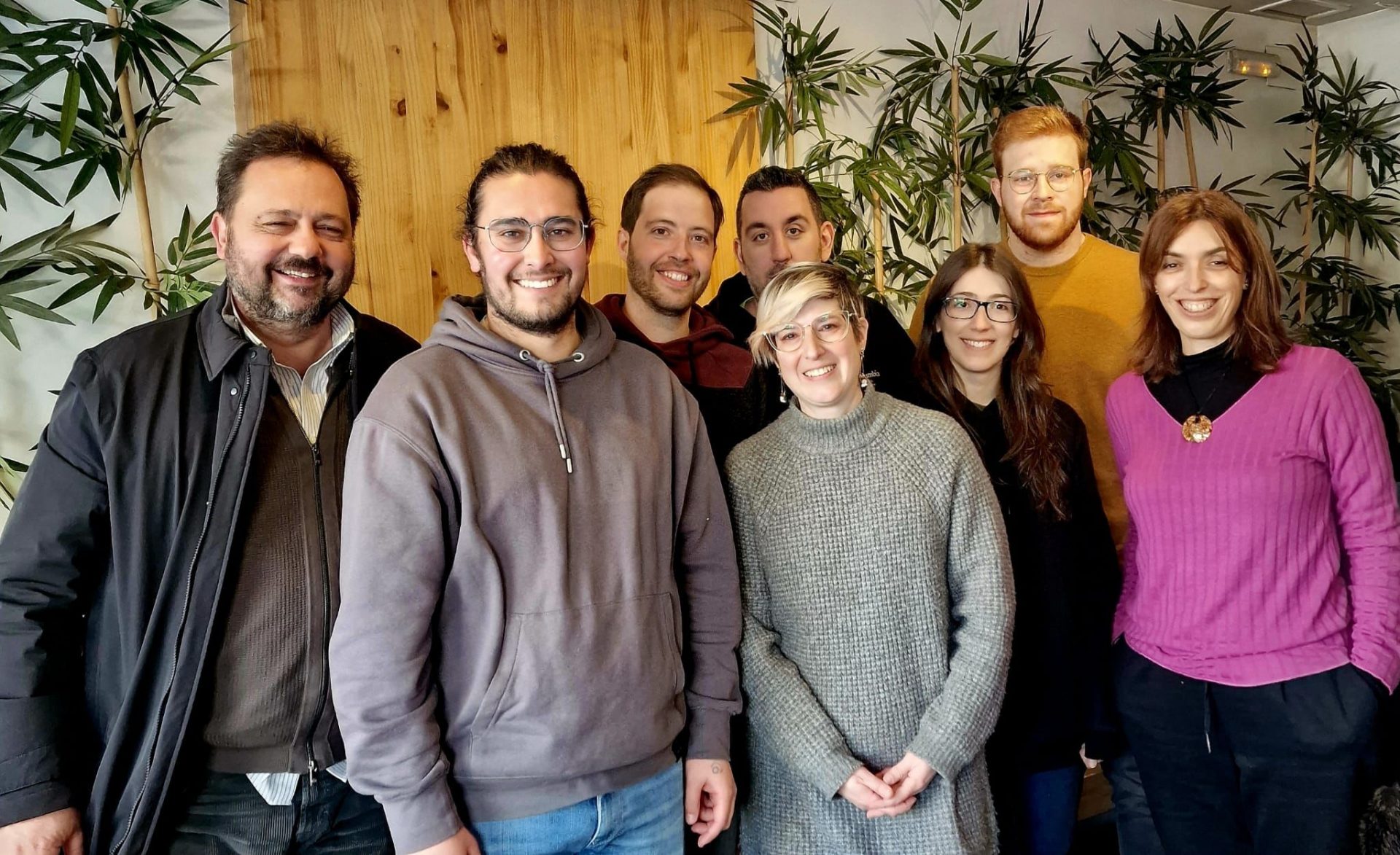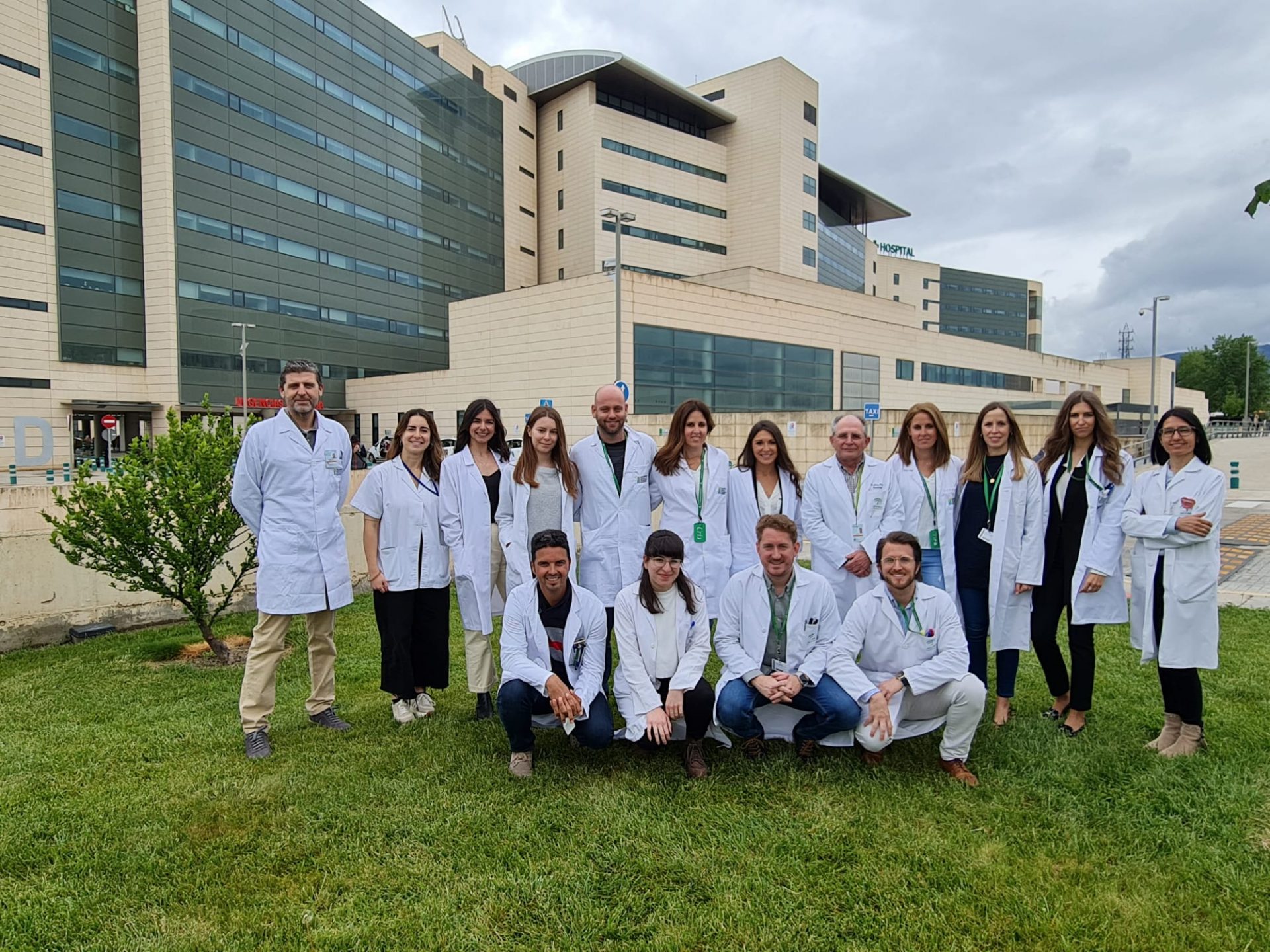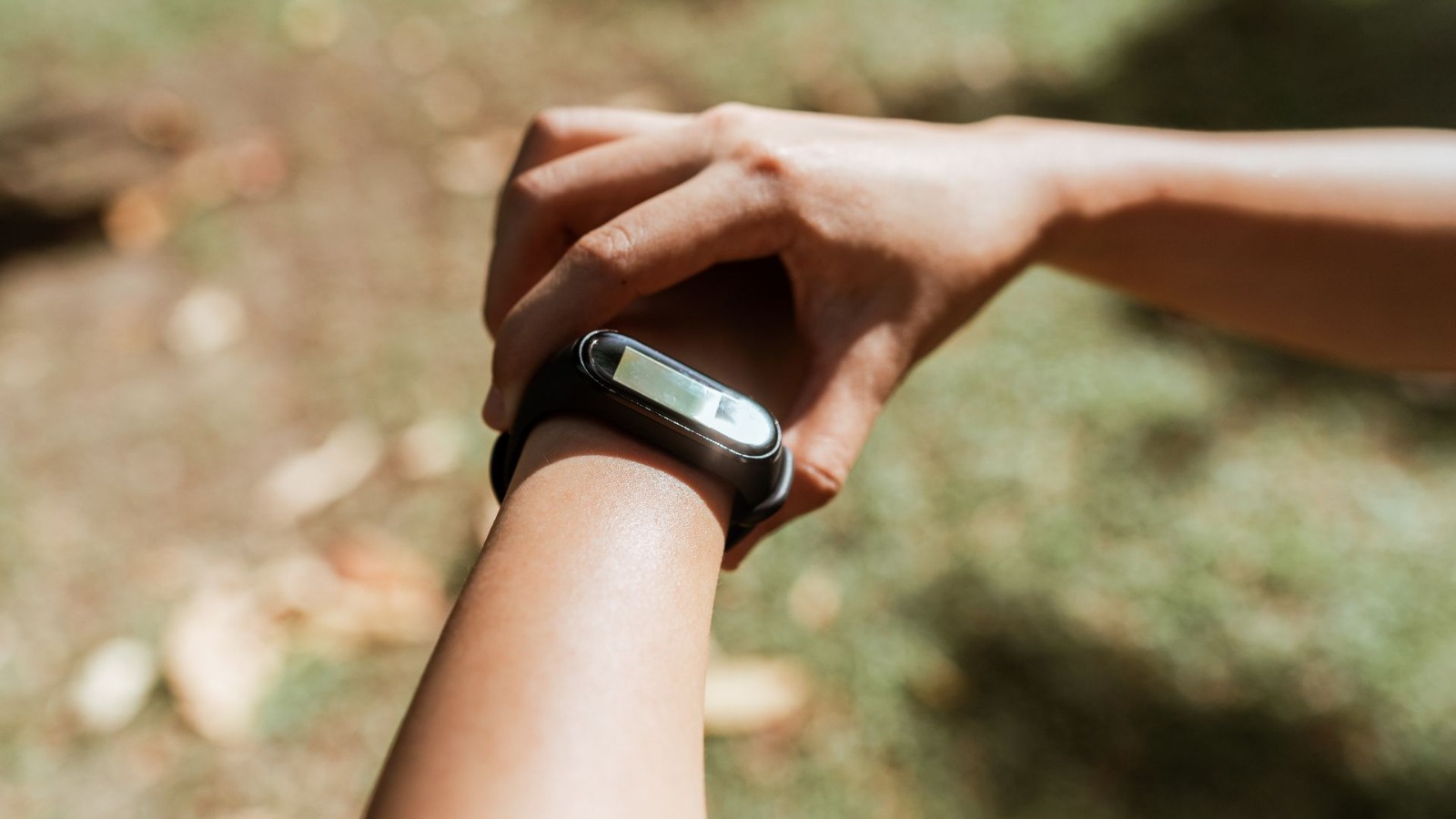
Researchers are developing cotton thread-based colorimetric microfluidic devices
The use of Point-of-Care (POC) devices is increasingly widespread for the quick and simple analysis of clinical samples. As the analysis can be performed in situ, there is no need to transport the sample to the laboratory. In addition, thanks to the characteristics of such devices, the analysis can be performed by whoever needs to monitor the clinical parameter in question—be they specialist personnel or the users themselves.
The evolution of these devices centres mainly on the development of new ‘recognition chemicals’ that enable the relevant compounds to be monitored in the fastest, simplest, and most reliable way possible. In addition, other factors related to what is known as ‘green chemistry’ must be taken into account. This seeks to ensure that the devices being developed produce the least possible amount of waste, and that the materials involved generate the minimal hazardous substances.
Against this backdrop, the ECsens research group at the University of Granada (UGR)(@ECsens_ugr) is working on the development of cotton thread-based colorimetric microfluidic devices.
A simple, fast and reliable method
Over the past few years, the UGR researchers have developed various devices based on cotton thread combined with a smartphone to photograph the device, analyse the colour produced in the testing, and calculate the concentration. For example, the concentration of potassium in water, of creatinine in urine, or of glucose in blood can be calculated by adding just a tiny volume of the relevant sample into the device, which provides the results in seconds.
The use of cotton thread as a support has several advantages. On the one hand, thanks to its capillary properties and morphology, it is possible to design highly user-friendly devices. Only the tiniest sample needs to be provided, which seeps by capillary action from the sampling area to the recognition area, where a particular colour will appear, depending on the concentration of the compound being analysed. The device contains all the reagents necessary to provide a clear result, with very short reaction times (10–60 seconds).
On the other hand, by using cotton thread, such devices need very small volumes of reagents (normally between 1 and 10 microlitres). The use of very small quantities of reagent, together with the biodegradable nature of cotton, renders the entire analytical system extremely environmentally-friendly.
Image captions:
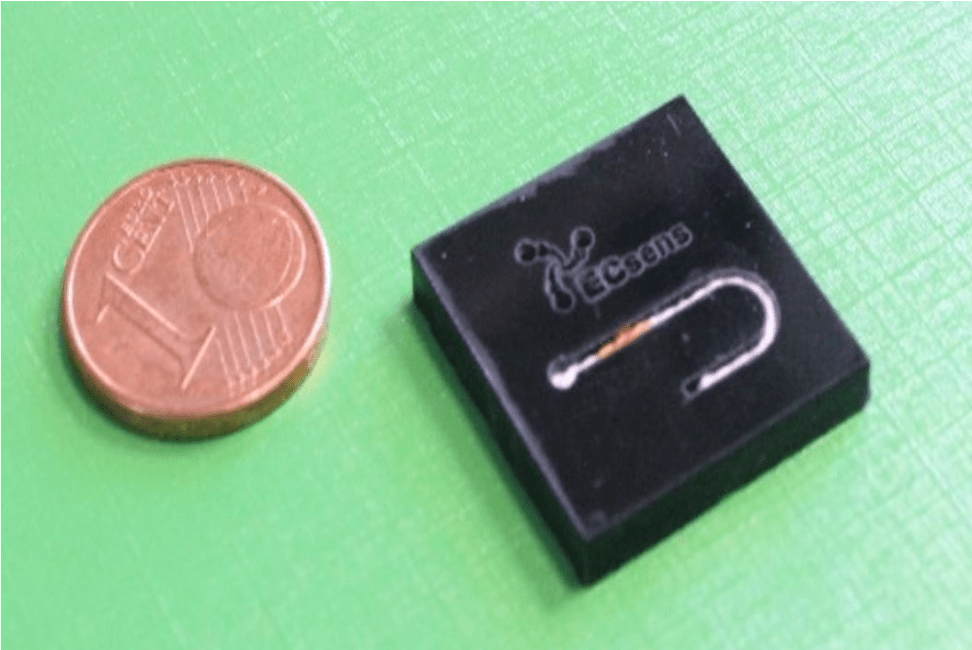
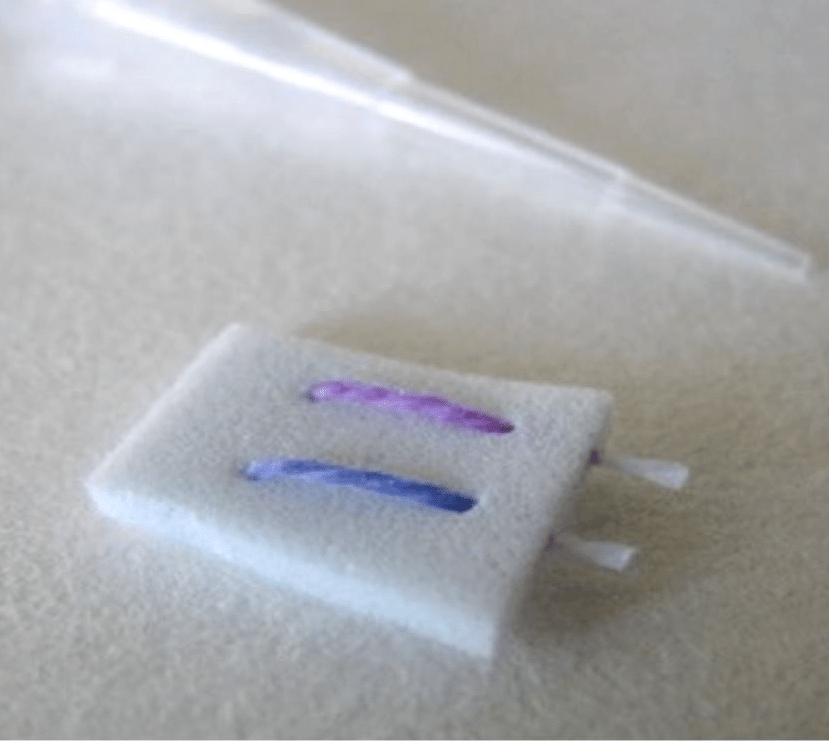
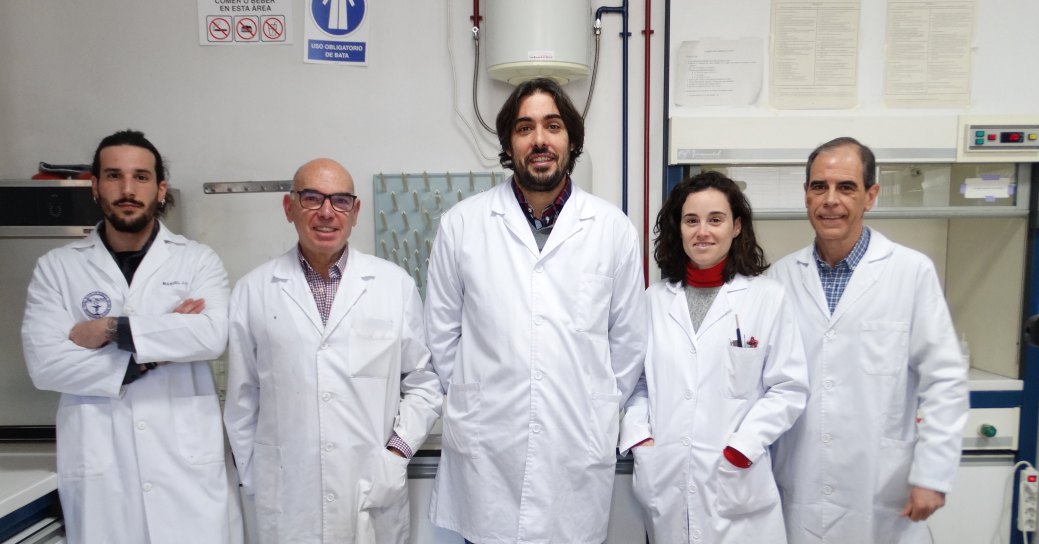
Bibliography:
Arroyo, M. J.; Erenas, M.M.; Orbe-Payá, I. De; Cantrell, K.; Dobado, J.A.; Ballester, P.; Blondeau, P.; Salinas-Castillo, A.; Capitán-Vallvey, L.F. (2020). ‘Thread Based Microfluidic Platform for Urinary Creatinine Analysis. Sensors and Actuators B. Chemical, 305, 127407. https://doi.org/10.1016/j.snb.2019.127407
Erenas, M.M.; Carrillo-Aguilera, B.; Cantrell, K.; Gonzalez-Chocano, S.; Perez de Vargas Sansalvador, I.M.; de Orbe-Payá, I.; Capitan-Vallvey, L.F. ‘Real Time Monitoring of Glucose in Whole Blood by Smartphone’ (2019). Biosens. Bioelectron, 136 (March), 47–52. https://doi.org/10.1016/j.bios.2019.04.024
Media enquiries:
Miguel M. Erenas, Department of Analytical Chemistry, University of Granada
Email: erenas@ugr.es
Tel.: +34 958 240796
Website: http://wpd.ugr.es/~ecsens/
